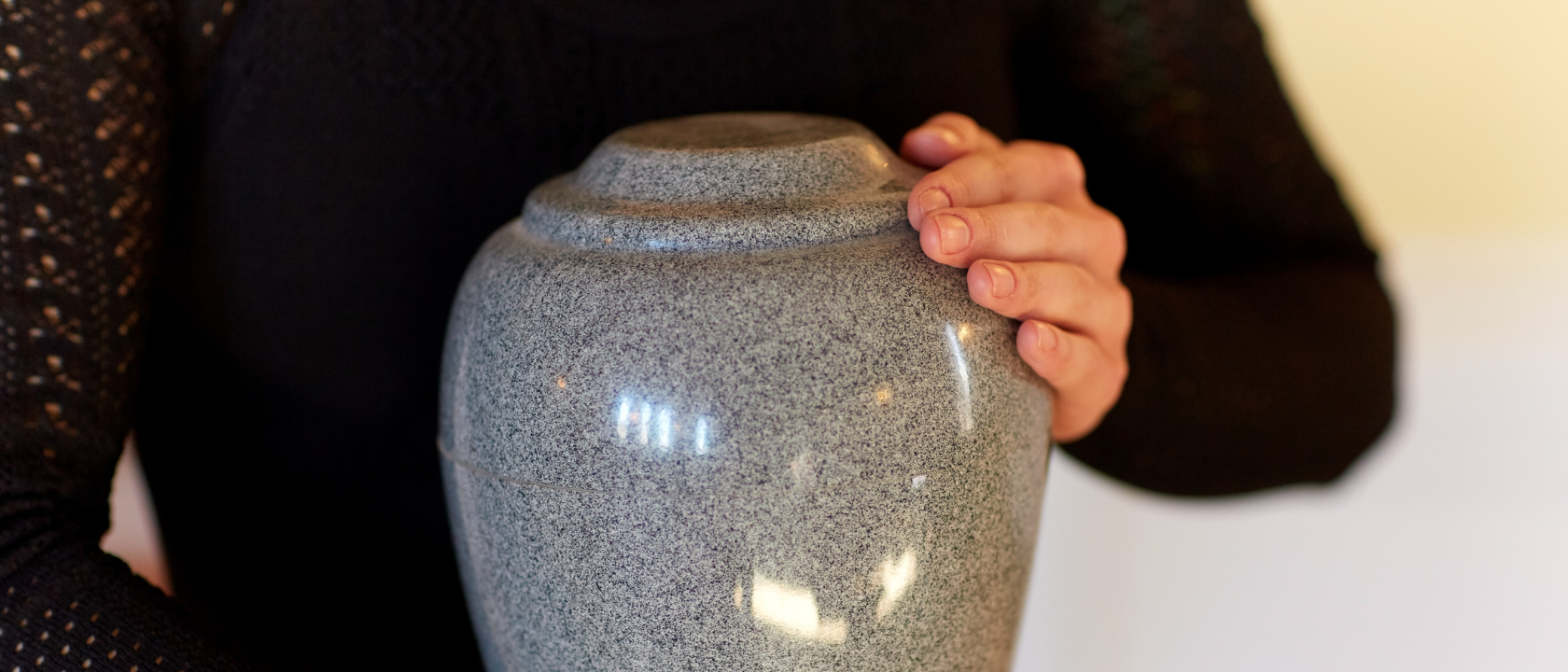The Evolution of Alkaline Hydrolysis
Alkaline hydrolysis has a little bit of a “new kid on the block” vibe to it, as green disposition methods go. Though in a few places it has been known for a while – like Florida and Ohio, where it was first introduced decades ago – in others feels a little newfangled, like a crazy idea that hasn’t yet caught on. Which, in a way, it is – it’s not yet widely spread enough to be legal or in demand in every state. Legislation legalizing AH as a disposition method for human remains had been passed in over half of the states by 2022, and even though it’s technically designated as a form of cremation, it lacks the OG status of fire.
But alkaline hydrolysis isn’t new at all. In fact, its beginnings go back more than a century to the late 1880’s.
From farm animals…
Amos Herbert Hobson, a farmer seeking a way to turn the carcasses of animals into fertilizer, discovered that mixing remains with water and an alkali substance like caustic potash then stirring for a day or so produced excellent results of “gelatine, glue and size.” He patented the process in December of 1888.
No other application for its use would be considered beyond management of the remains of stock animals for another hundred years.
… to research animals…
Then in the early 1990’s, two researchers from Albany Medical College, Gordon I. Kaye and Peter B. Weber, conceived that the method might be applied in another context. Their goal was to find a safe way to handle research animal remains. They theorized that Hobson’s process could be effectively used for that purpose, then proved it could be done and developed a machine to handle the task, earning a patent of their own in 1994.
… to human remains at medical schools…
In 1995, the first alkaline hydrolysis machine (they called it a “tissue digester”) was sold to Shands Hospital at the University of Florida, for the processing of human remains which had been donated to the school for study. From that point until 2006, Kaye and Weber sold another 75 of their tissue digesters.
… to pets, and ultimately, to us
By the early 2000s, the manufacture of such machines gained traction as the alkaline hydrolysis process caught on, adopted by universities and hospitals with donated body programs over the next ten years.
AH was first used in the funeral industry in 2011 by Jeff Edwards, a funeral director in Ohio. After a somewhat halting start, AH is quickly becoming widely accepted, largely attractive for its ecological benefits. Legalization in the states has proceeded slowly, but pet crematories (which are regulated differently) have already quite widely adopted the process. As of 2022 more than half of the states have legalized AH, and its universal American acceptance does appear imminent.
So, from the farm to the funeral home in about a hundred and thirty years… not a new idea — just a new role for an old idea.




